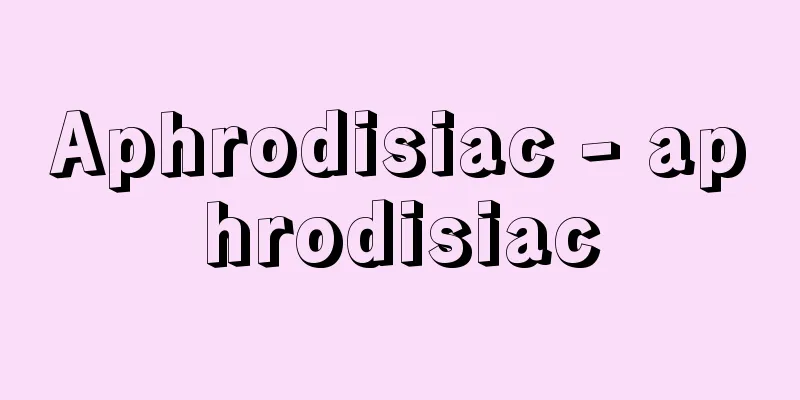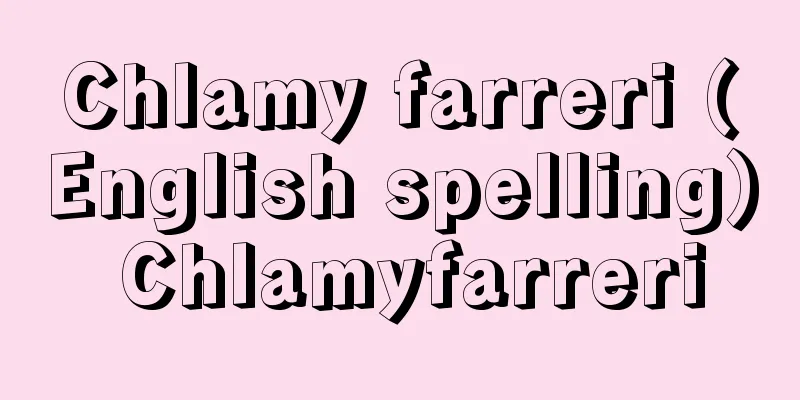Yamamoto Tosa-no-jo

|
Year of death: Genroku 13 (1700) Year of birth: Unknown. A tayu of old Joruri who shared the popularity of Kyoto with Kaga no Jō in Uji in the early Edo period. There are many unknowns about his origins, but it is possible that he was born in Kyoto and his real name was Jizaemon. He was originally called Yamamoto Kakudayū, and held the performance rights (performance rights) for "Tenkaichi Wakasa no Jō Fujiwara no Kichiji," and set up a puppet Joruri stage on the south side (east bank) of Shijo Street. The oldest surviving original work is "Shuten Doji," published in 1676, but it is unclear whether this was the piece performed at the inaugural performance. In the intercalary December of the same year, he received the title of Sagami no Jō at almost the same time as Kaga no Jō, and performed "Yoritomo's Pilgrimage to Mishima" in a commemorative performance. However, because he shared the same name as Sagami no Kami Tsuchiya, who had been appointed as the new Kyoto shoshidai, a problem arose, and he received the title of Tosa no Jō again. He studied under Ito Dewajo in Osaka and Okamoto Fumiya of the same troupe, and inherited many of his master's compositions. He developed the "nakibushi" (crying style) and "kuriagebushi" (push-like narration at the end of a section) that characterized Dewa and Fumiya, and invented the "sorrowful style" and "kantome style". He excelled in describing sorrow, and was naturally gifted in high notes. His narration style, which repeats "haru-kan, haru-kan" and is followed by "sorrowful style", was outstanding, and his style was highly praised as Kakudayu-bushi. However, compared to Kagajo, his compositions were generally conservative, and his works were strongly influenced by religion, such as "Zenkoji" being his family's joruri. His pupils included Matsumoto Harudayu and Miyako Icchu, and he also had a great influence on the younger tayu of the main Dewa-za troupe. His representative works include "Ishiyama Kaicho", "Shichi Komachi", "Oshiyokuhan", "Kumai Taro Koyuki no Maki", and "Tennoji Higan Chunichi". <References> Junichi Shinda, "About Yamamoto Kakutayu" (Annotation for "Kojoruri Collection/Kakutayu Shohon 1" in the Classic Library), "Kojoruri Shohonshu/Kakutayu Edition" in 3 volumes (Hiroyuki Sakaguchi) Source: Asahi Japanese Historical Biography: Asahi Shimbun Publications Inc. About Asahi Japanese Historical Biography |
|
没年:元禄13(1700) 生年:生年不詳 江戸前期,宇治加賀掾と京都の人気を二分した古浄瑠璃の太夫。出自については不明な部分が多いが,京都出身で,本名を次左衛門といった可能性がある。はじめ山本角太夫といい,「天下一若狭掾藤原吉次」の名代(興行権)を持って,四条通り南側(東岸)に人形浄瑠璃の櫓を上げた。現存正本としては,延宝4(1676)年刊の「酒呑童子」が最も古いが,これが旗上げ興行時の演目かどうかは不明。同5年閏12月,加賀掾とほぼ同時に相模掾を受領し,記念興行に「頼朝三島詣」を上演した。しかし,京都新所司代に就任した土屋相模守と同名となったためさしさわりが生じ,土佐掾を再受領。 大坂の伊藤出羽掾や同座の岡本文弥に学び,作品も多く師匠譲りのものを語って,出羽や文弥を特徴づけた「泣き節」や段末をせきあげるように語る「くり上げ節」を発展させて,「愁い節」「かんとめ節」を編みだした。愁嘆描写を得意とし,生来高音に秀でていたらしく,「はるーかんーはるーかん」を繰り返して「愁い節」で受ける語り口には卓抜したものがあり,その曲風は角太夫節といってもてはやされた。しかし,加賀掾に比して作柄は概して保守的で,「善光寺」を家の浄瑠璃とするごとく,宗教色濃い作品が目につく。門下から松本治太夫や都一中らを輩出したほか,本家筋の出羽座の後進太夫たちにも大きな影響を与えた。代表作に「石山開帳」「七小町」「大しよくはん」「熊井太郎孝行之巻」「天王寺彼岸中日」など。<参考文献>信多純一「山本角太夫について」(古典文庫『古浄瑠璃集/角太夫正本1』解題),『古浄瑠璃正本集/角太夫編』全3巻 (阪口弘之) 出典 朝日日本歴史人物事典:(株)朝日新聞出版朝日日本歴史人物事典について 情報 |
Recommend
Spring and Shura - Haruto Shura
This is the only collection of poems by Miyazawa ...
Scythian - Sukitai (English spelling)
The world's first horse-riding nomads, active...
Hermopolis
In ancient Egypt, it was called the City of Horus...
Basāwan (English spelling) Basawan
…The style of painting changed from flat and deco...
Jiro Aso
1888-1965 A senryu poet from the Taisho and Showa...
Daikon Island
An island floating in Lake Nakaumi in the northea...
Syringobulbia
...The central canal of the spinal cord, which wo...
Carpenter, W.
However, in 1850, M. Sars of Norway discovered 19...
A unitary view of the nation
...The transition from the night watchman state t...
Harut (English spelling)
…For example, Gabriel, also called the Holy Spiri...
Löffler's syndrome
This condition is characterized by transient infil...
Aestheticism
Aestheticism is a worldview or outlook on life tha...
Giant petrels - Giant petrels
…Young birds spend 3-4 years at sea, returning to...
Ultimate Particle - Ultimate Particle
… [Chemical elements and simple substances] An el...
Itto Soushitsu
…In the Genroku period, gorgeous lacquerware bega...









